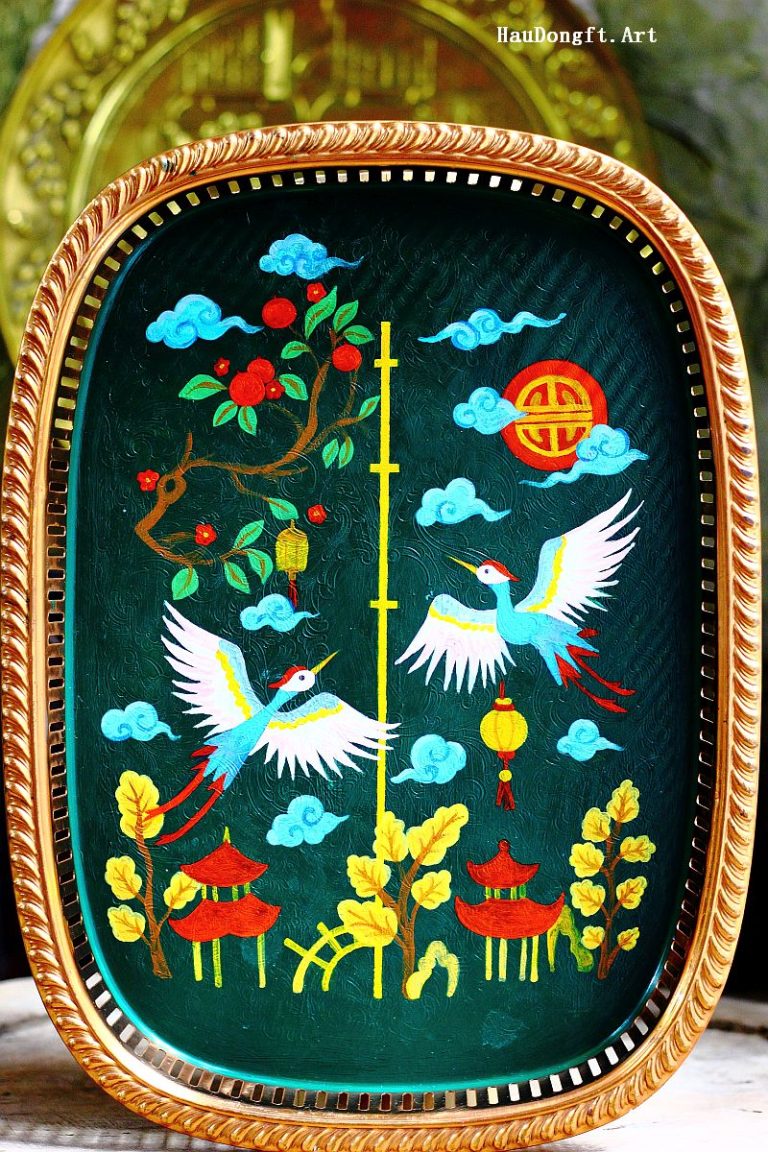
This article aims to explore the deeper meaning of the 36 spirit possession rites (giá hầu) in the Vietnamese Mother Goddess belief through an analysis of their origins, classifications, symbolism, ritual functions, and socio-cultural impacts.
The Mother Goddess belief—a unique spiritual and cultural phenomenon of the Vietnamese people—was recognized by UNESCO in 2016 as an Intangible Cultural Heritage of Humanity. Within its rich and complex structure, the ritual of hầu đồng (spirit possession) holds a central position, serving not only as a medium of connection between humans and the divine world but also as the stage for the descent of deities from the pantheon of the Four Palaces (Tứ phủ).
Among these, the 36 giá hầu—a symbolic system of deities invoked to descend into the medium during each possession—play a pivotal role in expressing theological doctrines, aesthetic values, and the spiritual life of Mother Goddess devotees. However, despite their widespread practice, the system of 36 giá hầu remains understudied from a scholarly perspective.
Questions arise: Why specifically the number 36? What is the significance of each giá within the cosmological structure of the Four Palaces? What symbolic, cultural, and social meanings do they embody? These questions demand interpretation from anthropological, cultural, and religious perspectives.
This research seeks to uncover the deeper meanings of the 36 giá hầu through analysis of their origins, classifications, symbolism, ritual functions, and cultural-societal impacts. On that basis, it contributes to clarifying the spiritual, artistic, and national identity values embodied in this belief, which continues to thrive in contemporary society.
In the Mother Goddess belief, “giá hầu” (also called “giá ngự”) refers to each descent of a deity into the body of a medium (thanh đồng). Each giá represents one deity within the pantheon. In hầu đồng rituals, each giá constitutes a spiritual performance combining religion, performing arts, music, costumes, and invocation chants.
According to Nguyễn Thị Hiền (2002), a giá hầu is “a type of performance with spiritual functions, reflecting conceptions of cosmic order, human existence, and the relationship between humans and deities.” Thus, a giá hầu is not only a ritual act but also a symbol of the organic connection between the spiritual and earthly realms, where deities manifest and humans express devotion.
The Mother Goddess belief has ancient roots, closely linked to indigenous goddess worship before integrating elements of Confucianism, Buddhism, and Daoism. The hầu đồng ritual is believed to have flourished during the Lê Trung Hưng dynasty, particularly in the Red River Delta.
The system of 36 giá hầu, however, did not emerge simultaneously but developed through centuries of integration, expansion, and sacralization. Scholars argue that the number 36 is not an absolute standard. In fact, major temples such as Phủ Giày (Nam Định), Đền Dâu (Hanoi), or Phủ Tây Hồ (Hanoi) may practice between 25 and over 40 giá, depending on regional traditions and the medium’s spiritual calling (căn đồng). Nonetheless, the term “36 giá hầu” has become a conventional, standardized reference representing the most popular and widely worshipped pantheon.
The Four Palaces (Tứ phủ) provide the cosmological foundation of the Mother Goddess belief:
– Heavenly Palace (Thiên phủ): ruled by the Mother of Heaven (Mẫu Thượng Thiên).
– Earth Palace (Địa phủ): ruled by the Mother of Earth (Mẫu Địa).
– Forest Palace (Nhạc phủ): ruled by the Mother of Forests (Mẫu Thượng Ngàn).
– Water Palace (Thoải phủ): ruled by the Mother of Waters (Mẫu Thoải).
The giá hầu are arranged according to these four domains, each with its own hierarchy of deities: Holy Mothers, Great Mandarins (Quan Lớn), Court Ladies (Chầu Bà), Princes (Ông Hoàng), Maidens (Cô Bé), and Pages (Cậu), alongside local tutelary deities. This division not only has theological meaning but also reflects the yin-yang and five-element philosophy.
This group consists of the four supreme deities ruling the Four Palaces, regarded as the “supreme gods” in the Mother Goddess belief, occupying the highest rank in the pantheon.
– Mother of Heaven (Mẫu Thượng Thiên): Identified with Liễu Hạnh—one of the Four Immortals in Vietnamese folk belief. She symbolizes supernatural power, justice, and supreme holiness. She is usually honored first in major rituals, representing the cosmic opening and the authority of womanhood in divine hierarchy.
– Mother of Earth (Mẫu Địa): Symbol of the land, fields, and fertility. She is closely connected to peasants and agricultural life, representing the nurturing aspect of motherhood.
– Mother of Forests (Mẫu Thượng Ngàn): Ruler of mountains and forests, embodying wild natural power and symbolizing both the generosity and ferocity of nature.
– Mother of Waters (Mẫu Thoải): Goddess of rivers and seas, linked with water cults and wet-rice agriculture. She is often invoked in rituals for rain, prosperity, and averting misfortune.
Symbolic meaning: The Mothers manifest the maternal principle (Mẫu tính) in Vietnamese culture: creation, protection, care, and punishment. Their holiness reflects the central role of women in spiritual life, transcending gender biases in traditional society.
The system of 36 giá hầu in the Mother Goddess belief is not merely a collection of religious rituals, but rather a sacred–cultural–artistic structure that reflects the worldview, human outlook, and aesthetic values of the Vietnamese people. Each giá hầu represents an aspect of the cosmos, society, and folk consciousness—from nature to history, from justice to compassion, from warfare to art, from power to love.
Through the giá hầu, the Vietnamese have created a flexible indigenous pantheon that is highly adaptive, open to integration, yet still preserving its distinct identity. It demonstrates the ability to harmonize the sacred with everyday life.
The hầu đồng ritual with its 36 giá hầu is not only the soul and central focus of the Mother Goddess belief but also a comprehensive cultural stage where the core values of national culture are preserved and transmitted. In today’s era, when many forms of traditional culture face the risk of decline, it is precisely the system of giá hầu that has enabled the Mother Goddess worship to remain resilient and even expand—both domestically and abroad.
The recognition of the Mother Goddess belief by UNESCO as an Intangible Cultural Heritage of Humanity in 2016 is not only international acknowledgment but also an invitation for us to continue exploring, safeguarding, and promoting this unique heritage.
To further promote the value of the 36 giá hầu system, this research proposes several recommendations:
– Conduct field surveys and record the system of spirit possessions in different regions, avoiding oversimplification based on only major centers such as Phủ Giày or Bảo Hà.
– Encourage interdisciplinary research (ethnology, religious studies, cultural studies, performance arts).
– Promote classification and coding of the giá hầu system by palace, region, or divine personality type.
– Support dedicated and talented ritual practitioners and artisans.
– Establish cultural centers for educational experiences of the Mother Goddess belief.
– Control excessive commercialization and distortion of the belief.
– Incorporate content on the Mother Goddess belief and the giá hầu into higher education curricula.
– Produce high-quality media materials (documentary films, podcasts, photo books).
– Encourage young people to participate with understanding and inheritance spirit.
– Nguyễn Thị Hiền (2015), The Vietnamese Belief in the Three Palaces of the Mother Goddess, National Culture Publishing House.
– Phạm Đức Dương (chief editor) (2001), Vietnamese Religious Culture, Social Sciences Publishing House.
– Lê Hồng Lý (2016), Hát Văn and Spirit Possession in the Mother Goddess Belief, Social Sciences Publishing House.
– UNESCO (2016), Nomination file No. 01164 for the Representative List: Practices related to the Viet beliefs in the Mother Goddesses of Three Realms.
– Nguyễn Thị Yên (2020), Goddess Symbolism and Ritual Structure in Vietnamese Mother Goddess Worship, Journal of Folk Culture, no. 2.
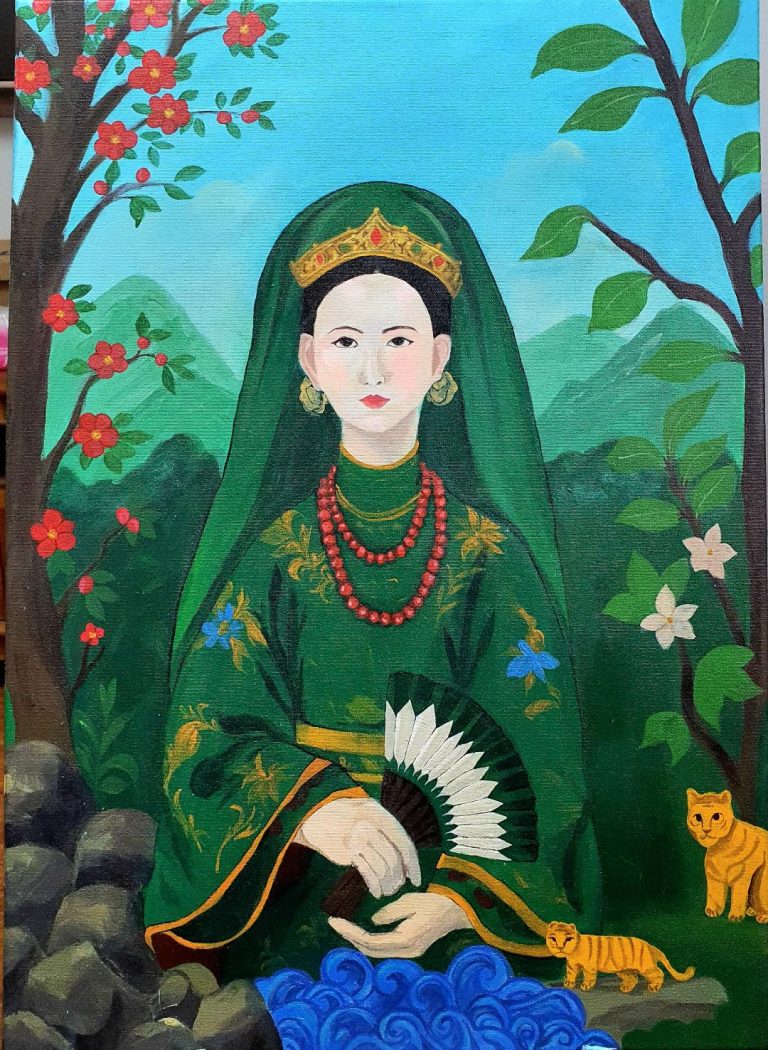
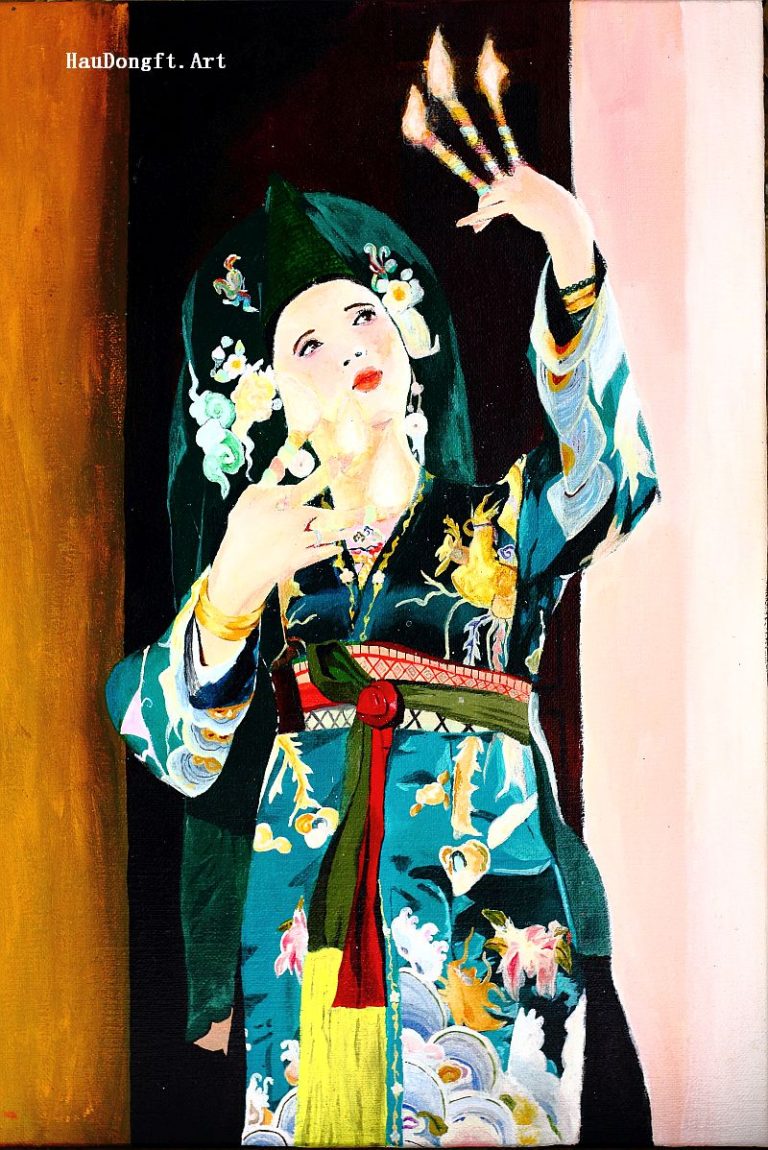


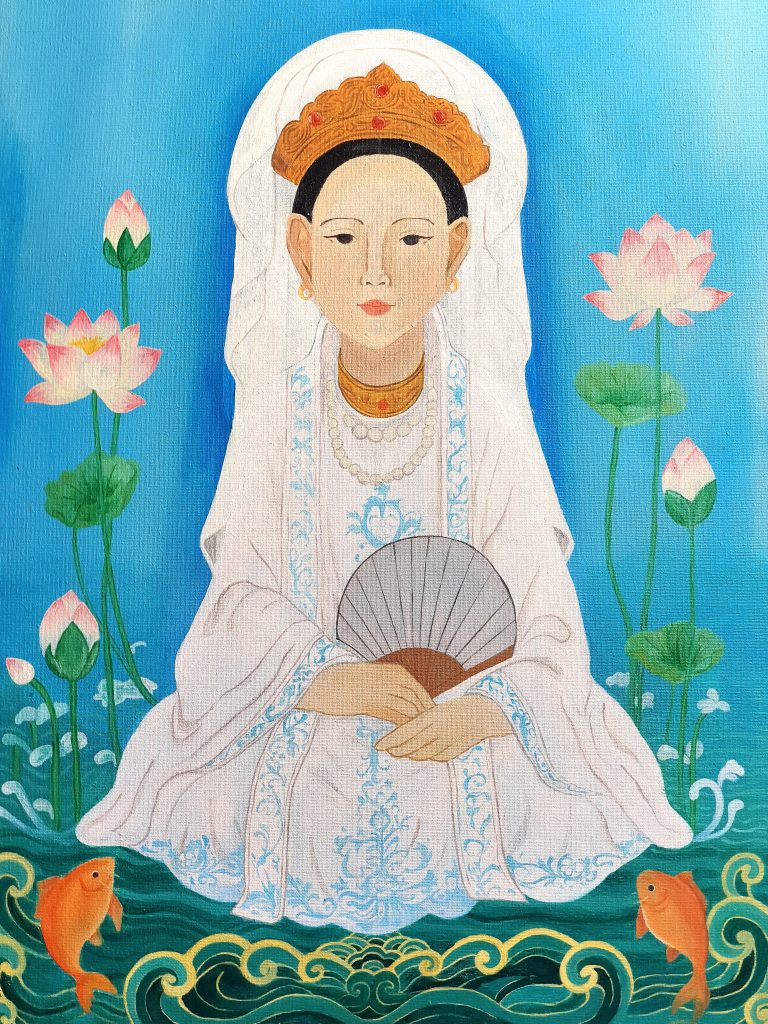


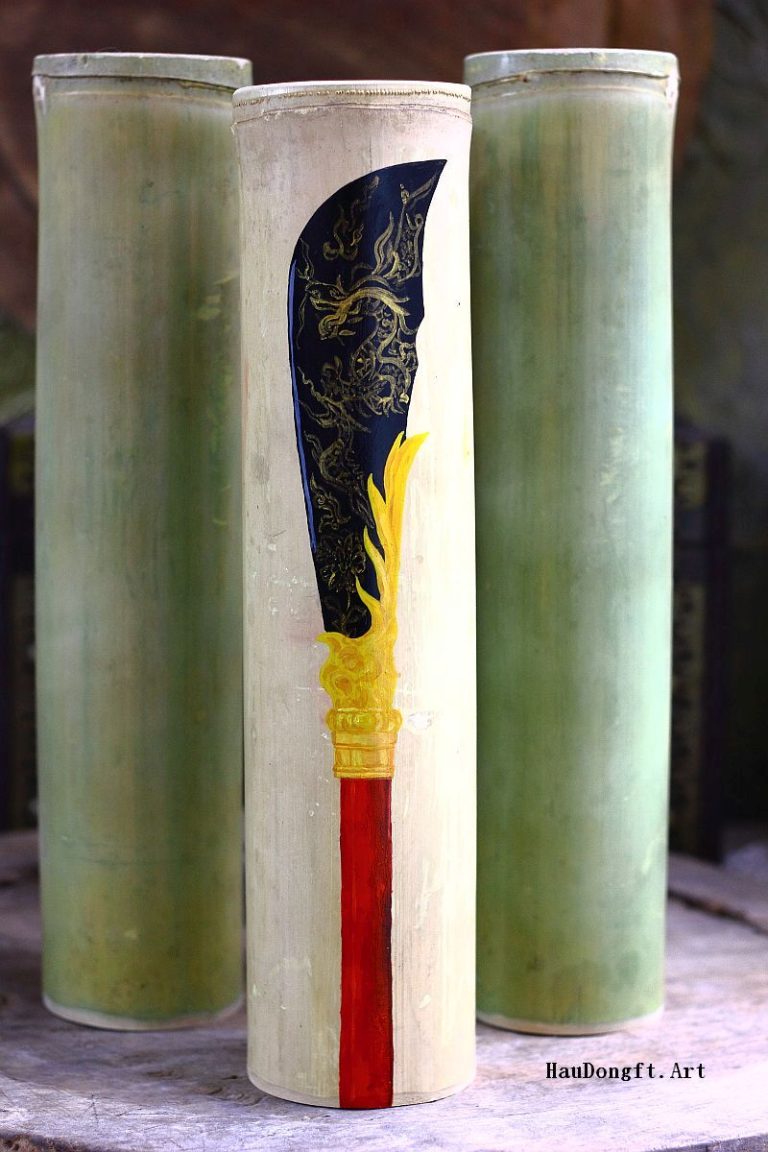
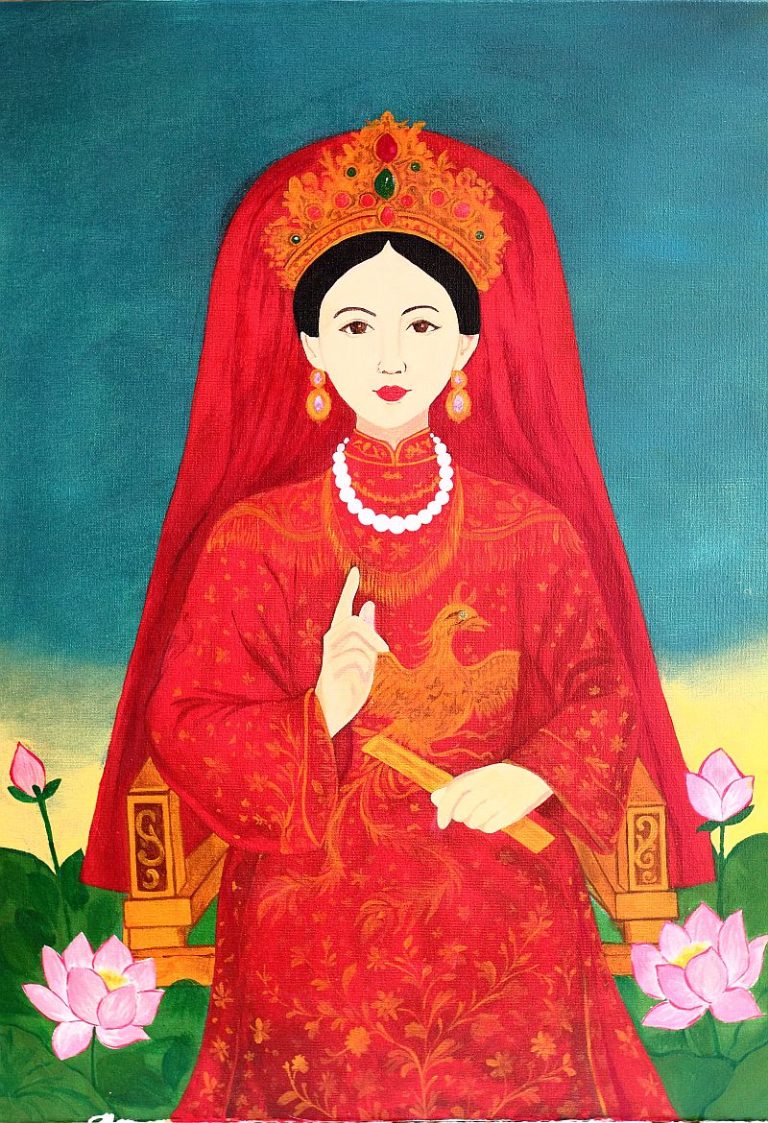

© 2025 Hau Dong Featuring Art. All rights reserved. Contact